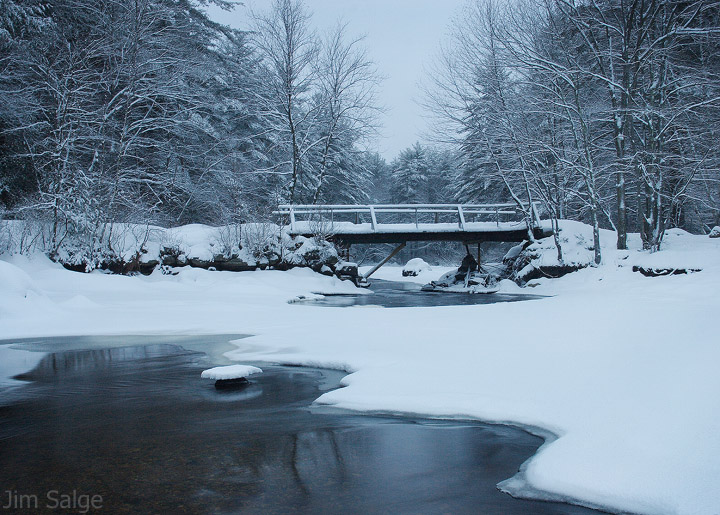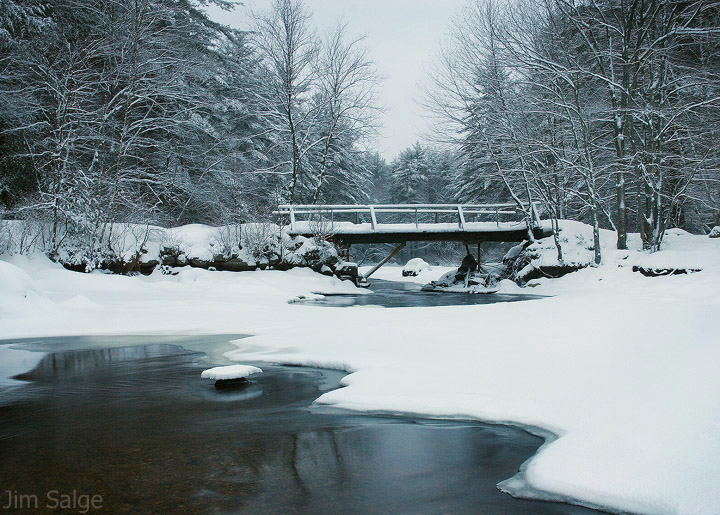w7xman
Active member
I have encountered this problem alot...
In winter, I feel that setting the camera or processing the picture to a cooler white balance often conveys a sense of feeling with the scene that I don't achieve with a natural setting. The trade off is that the photo, in turn, looks a bit unnatural.
I would like to hear thoughts on which of these work for you...
Thanks in advance!
Cooler toned...

Natural...

In winter, I feel that setting the camera or processing the picture to a cooler white balance often conveys a sense of feeling with the scene that I don't achieve with a natural setting. The trade off is that the photo, in turn, looks a bit unnatural.
I would like to hear thoughts on which of these work for you...
Thanks in advance!
Cooler toned...

Natural...

Last edited:




